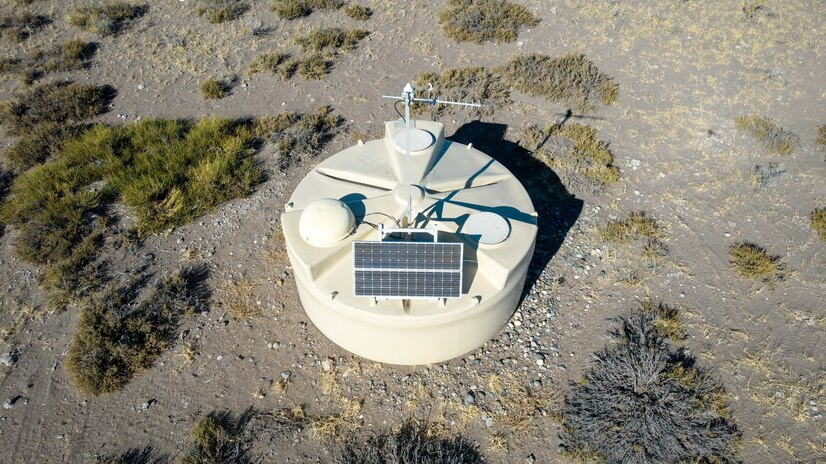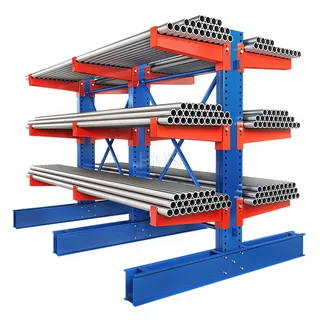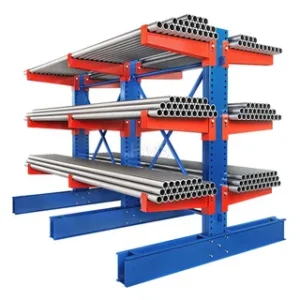Renewable Heating Systems: A Sustainable Path to Energy Efficiency
Introduction
What if you could heat Your home or business while cutting emissions and saving money? Renewable heating systems make this possible. These systems harness energy from natural resources like the sun, air, water, and biomass, offering an eco-friendly alternative to traditional fossil fuel-based heating methods. But why should you care? Because these systems don’t just fight climate change—they can also lower energy costs and provide long-term benefits for homeowners, businesses, and even entire industries.
Renewable heating systems aren’t just about the environment; they’re about more innovative and more sustainable energy choices. Let’s explore the various types of renewable heating technologies, their impactful benefits, and how they are shaping the future of energy solutions.
Types of Renewable Heating Systems
- Solar Thermal Systems
Solar thermal systems capture solar energy to generate heat, which can be used for space heating or hot water production. A typical setup involves solar collectors installed on rooftops, a heat exchanger, and a storage tank. Solar thermal systems work best in sunny climates, but they can be designed to work efficiently year-round with the addition of backup heating systems.
Example: Residential properties in warmer regions often use solar thermal panels to provide hot water for daily use, creating a significant reduction in electricity or gas bills.
- Biomass Heating Systems
Biomass systems burn organic materials, like wood pellets, chips, or other renewable plant-based fuels, to generate heat. These systems work well for providing central heating and hot water and can replace gas or oil-based systems entirely. Advanced designs ensure clean and efficient combustion, minimizing emissions.
Example: Many rural homes use biomass boilers to heat their spaces, while larger commercial units supply heat to buildings like schools and hotels.
- Heat Pumps
Heat pumps extract heat from naturally occurring sources like the air, ground, or water and transfer it indoors. There are three types of heat pumps to consider:
- Air Source Heat Pumps (ASHP): Ideal for moderate climates, these systems pull heat from outdoor air.
- Ground Source Heat Pumps (GSHP): These use heat stored in the ground, making them more efficient in colder weather.
- Water Source Heat Pumps: Perfect for areas near water bodies, these systems utilize natural water temperatures.
Example: Residential setups often feature air-source heat pumps, while ground-source systems are popular for new builds with adequate land.
Benefits of Renewable Heating Systems
Why choose renewable heating? The advantages go beyond just energy savings.
- Environmental Benefits
- Reduced Carbon Footprints: Renewable systems emit minimal greenhouse gases compared to fossil fuels.
- Sustainable Energy Use: These systems reduce the reliance on depleting natural reserves by leveraging resources like sunlight, organic material, and surrounding air.
- Economic Benefits
- Lower Operating Costs: Once installed, renewable heating systems significantly lower energy bills.
- Government Incentives: Many countries offer tax relief, grants, or subsidies for renewable heating installations.
- Long-Term Investment: While initial cost may be higher, the return on savings makes these systems an economically prudent choice.
- Energy Security
With energy prices fluctuating worldwide, renewable systems offer predictability. They rely on freely available resources, minimizing dependence on global energy markets.
Applications in Residential and Commercial Settings
Renewable heating systems are versatile and can be tailored to suit diverse requirements.
- Residential Use: Single-family homes often leverage heat pumps or solar thermal systems for their low maintenance and reliability. Biomass suits properties with ample space to store fuel. Whether you’re heating an entire house or generating just enough hot water for daily needs, these systems adapt seamlessly.
- Commercial Use: Think of office buildings, warehouses, and hospitality venues. Large-scale installations, such as district heating systems using biomass or heat pumps, can supply sustainable heat to multiple buildings simultaneously, significantly reducing the business’s carbon footprint.
Real-World Example
Industries in Denmark have adopted large-scale heat pump installations, supplementing entire district heating systems. These projects showcase how scalable and effective these solutions can be as renewable heating technologies in meeting high energy demands.
The Future of Renewable Heating Systems
The renewable heating industry is evolving rapidly. Continuous technological advancements, paired with mounting public support for sustainable energy solutions, are paving the way for widespread adoption.
- Integration with Smart Technology: Automated, AI-based controls ensure systems operate at maximum efficiency while minimizing human intervention.
- Developments in Storage: Advances in thermal storage solutions will allow solar and other renewable systems to perform optimally year-round.
- Policy and Infrastructure Support: Governments worldwide are increasing incentives and enacting carbon-reduction targets, further promoting adoption.
Renewable heating systems are poised to play a pivotal role in achieving a net-zero energy future. They are more than just an upgrade; they embody a commitment to cost-efficiency, sustainability, and energy independence.
Closing Thoughts
Transitioning to renewable heating is the kind of decision that pays off—financially and ethically. Whether you’re looking to save on energy bills or contribute to a healthier planet, renewable heating systems offer a clear, forward-thinking solution. Isn’t it time to rethink how we heat our homes and businesses? Start your switch to renewable energy today and make a difference in both your world and ours.














Post Comment